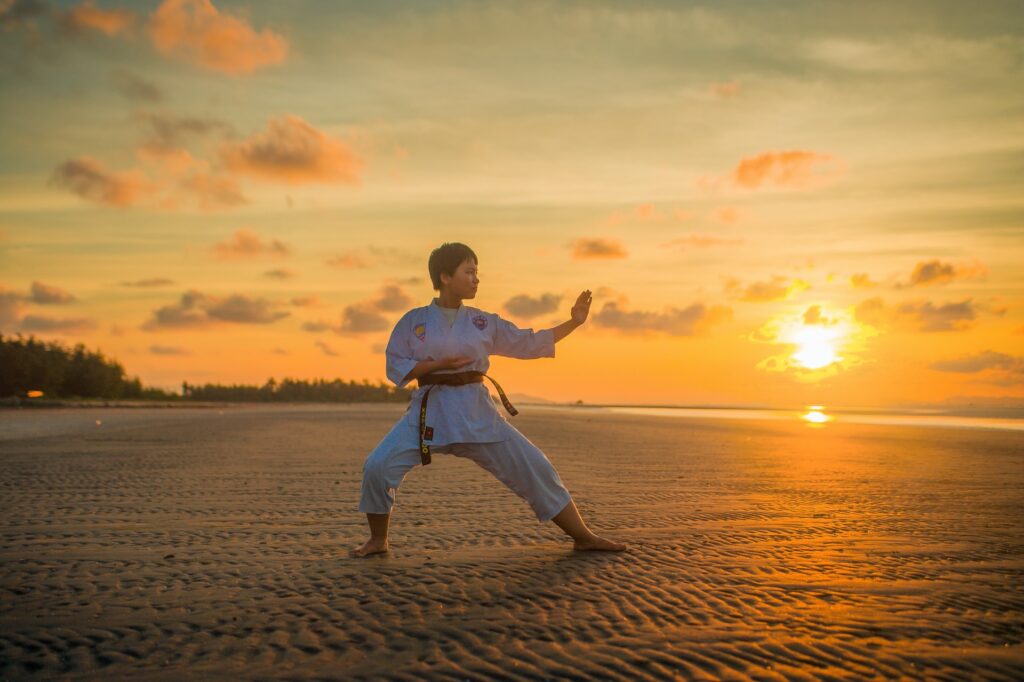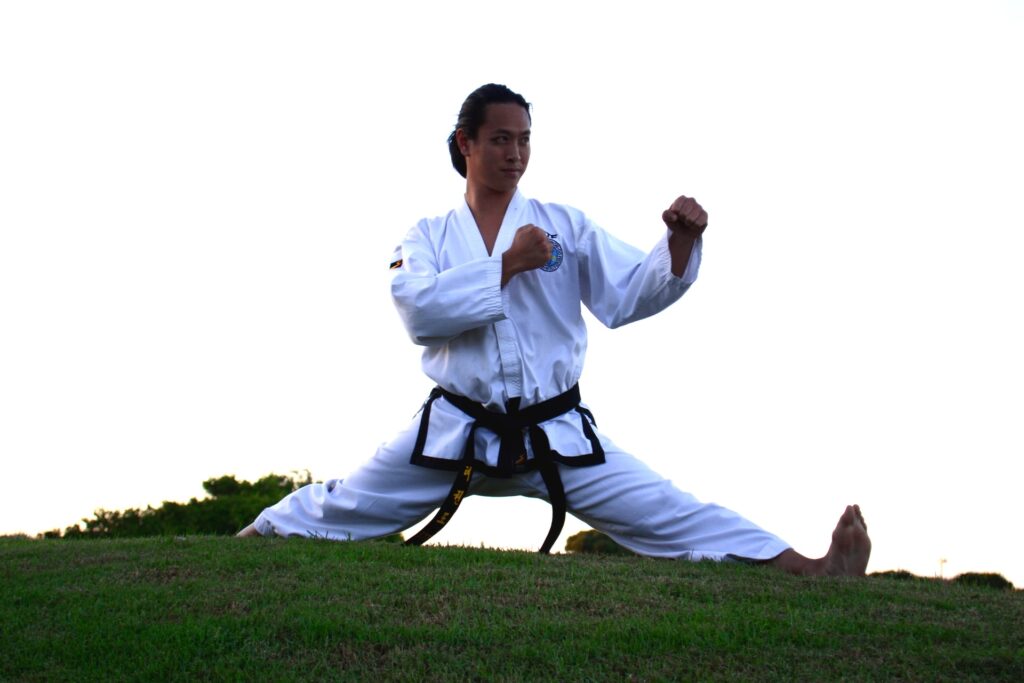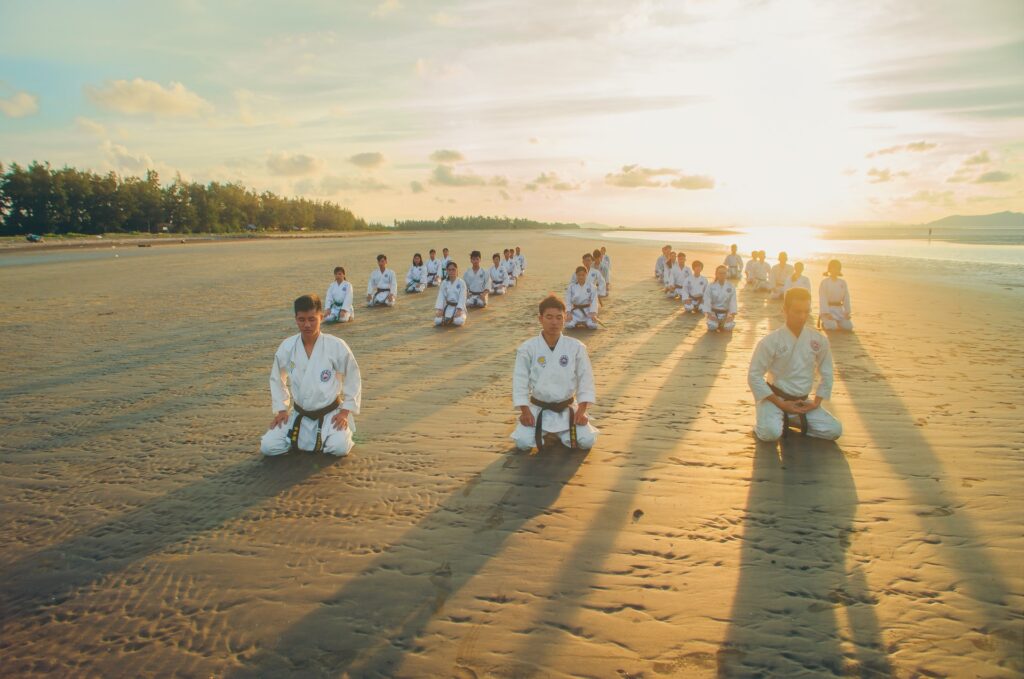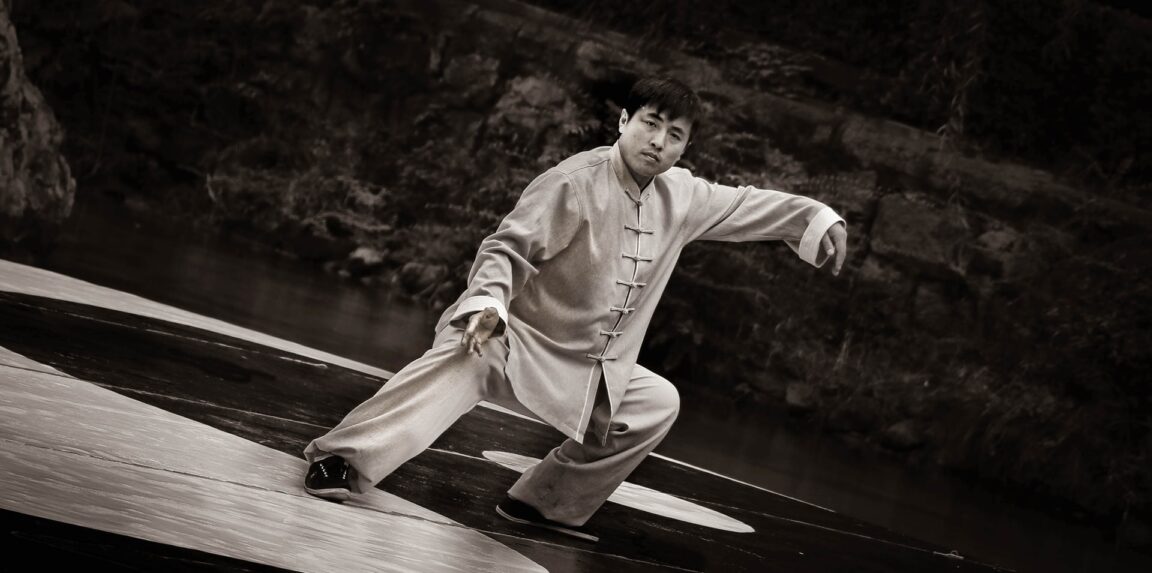Your local martial arts dojo might have “traditional” somewhere in the name of their business. If not, they might use that word on their flyers to try to attract more potential students (and parents’ wallets). However, traditional martial arts classes do not exist in the United States, apart from the elite schools on the west coast.
I’ve been taking martial arts classes for over six years, and I would describe them as “traditional.” It’s evident that the way my instructors teach is on the way out because our class is small. They teach the traditional kata with appropriate bunkai, and they have connections to the top individuals for our system in the United States and overseas.

What Traditional Really Means
“Traditional” martial arts generally refers to teaching the art the way it was taught in Asia prior to its migration to the rest of the world. To do that, students should devote their lives to studying the art. They should practice daily individually and with their instructors while paying dues to their instructor. Obviously, this is quite costly and likely impossible for the twenty-first century child, teenager, or adult in terms of time.
Two key terms in traditional martial arts are kata (often called forms) and bunkai (often called kumite or application). We could expand the definition of “traditional” to include classes that teach the kata as they were originally taught despite the lack of commitment timewise compared to ancient martial artists. You would be hard-pressed, though, to find a martial arts class today that still teaches forms the way that the art means them taught.
Bunkai has also disappeared so sneakily from martial arts classes in the United States that it is difficult to tell real tradition from fake tradition. Bunkai is the application of the movements you learn in kata. Once you learn the techniques and footwork of kata, you study it to figure out how those movements can be used to fight. Without this important component of martial arts, a class cannot be traditional.

Why Traditionality is Dying
Short-sighted instructors and uninterested students (with their uninformed parents) are all partially responsible for the breakdown of martial arts traditionality in the United States.
Unfortunately, many martial arts instructors have turned away from teaching the art and turned towards the lovely green stuff that parents of young misbehaved children give away as long as their kids go with it. There are plenty of reasons for this reality, not the least of these is the myth that martial arts teaches discipline to undisciplined children. Some martial arts instructors with big names and louder voices charge extraordinary amounts of money at a per-class or per-month fee, and parents are willing to pay for promises of improved discipline, work ethic, and self-defense education.
Unengaged students prevent instructors from maintaining a high level of instruction. They dumb down techniques so that those students who care less stay involved. Martial arts will teach some discipline to everybody from children to retirees but only if the student is willing to commit themself to the art. These situations create cycles of nobody gaining anything. So, if your child is not interested in martial arts, sending them to classes will not automatically discipline them. They might eventually fall in love with the art and then begin to learn discipline while they learn everything else, but it is not guaranteed.

What to Look For in a Traditional Martial Arts Class
You aren’t going to find a martial arts class in the United States that is traditional in that your children will go live with the instructor and have multiple classes a day. However, there are classes out there that teach kata and bunkai just like they did in Asia.
Look for classes where students first learn the traditions of bowing followed by a few simple techniques, then a kata. Once the students have learned the kata, instructors should lead them through a few simple applications of the movements they learned in that kata. Excellent instructors will allow students to take some guesses at what specific techniques are meant for, then correct or adjust them as needed.
The teachers that stick to the inventors’ art as much as possible and provide guidance for practical applications of the art are the individuals that, if more parents would search for them, would be able to do their kids some good. My instructors and others like them could also breathe an ancient art into their students that would stay with them for the rest of their lives.






